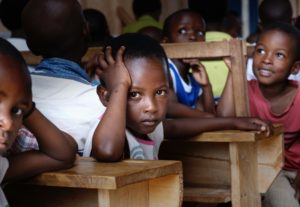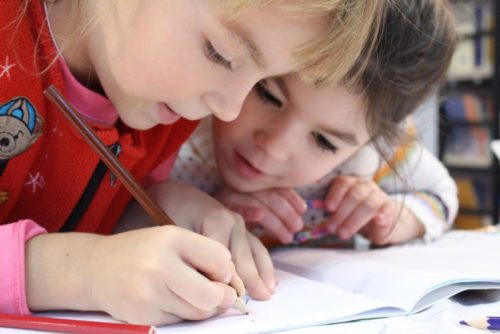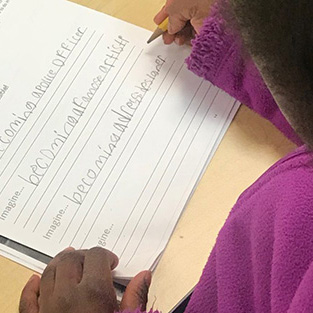
Supporting Stressed Kids in the Classroom
Going back to school can be fun, exciting—and stressful. Teachers have to deal with organizing lesson plans, getting to know new students and staff, budgeting

Going back to school can be fun, exciting—and stressful. Teachers have to deal with organizing lesson plans, getting to know new students and staff, budgeting

Tis that time of year again; teachers are trying not to think about going back to school—but, unfortunately, it’s creeping up on your horizon. There

I recently attended the Trauma Informed Schools Conference in St. Charles, MO, hosted by the Beyond Consequences Institute (a great trauma focused organization founded by

Every child has a story—a story that is aching to be told. Given the chance to tell it, a child feels better, and then they are given the opportunity to Imagine new possibilities in it’s place. When we speak our truth—when a child speaks their truth—their hearts feel heard and healing happens.

Research has proven that defined intentions and goals reap greater success in many areas of life. Yet many don’t think about setting intentions and may not understand how to teach kids to set intentions.

Parents, teachers, and others who are navigating the holiday season are not alone in feeling the stress of the holidays. Our kids are feeling it too. They sense, know, feel, see, and experience the stress around them. They might be feeling the pressures of the end of the school semester, or wondering if life is going to get more challenging throughout the holiday season as history has shown them, or wondering if there will be money enough for gifts for all. Here are 5 simple tips you can try to lesson their stress.

It feels like life is getting more and more stressful with each passing day. Watching and experiencing overwhelming situations such as hurricanes, floods, fires, shootings,




Join our community to get the latest tips, exclusive offers, and updates straight to your inbox. Don’t miss out—subscribe now and be the first to know!